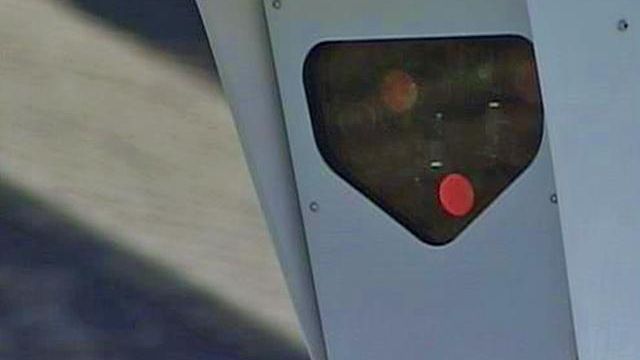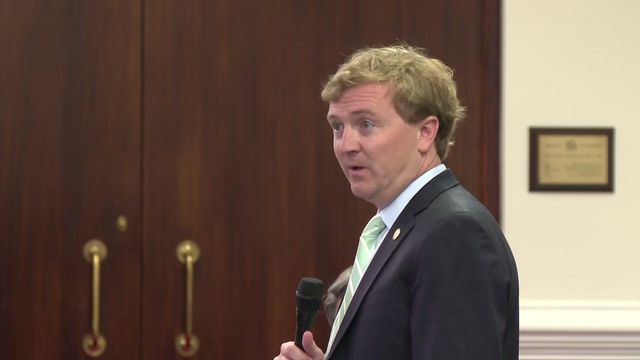Study: Red-light cameras decreasing wrecks in Cary
A study by an outside consultant shows that cameras at 15 Cary intersections have done a good job of catching red-light runners and reducing crashes.
Cary began installing cameras in 2004 at intersections with high numbers of crashes and red-light violators. Since then, 77,564 drivers – including 18,205 in 2004 – have been ticketed for going through intersections while the traffic light was red.
Some residents questioned whether red-light cameras increase safety or increase accidents.
"You may try to go through the light because you're trying to avoid getting rear-ended," driver Bernard Scales, of Cary, said.
A consultant hired by the camera system's private operator released a report showing that wrecks decreased at 12 of the 15 intersections with red-light cameras, while the crash rate increased at two intersections. The study compared crash rates for three years before and three years after the cameras were installed in 2004.
The intersection of High House Road and Cary Parkway saw 50 percent fewer accidents. Walnut Street and Maynard Road had 70 percent fewer, and Harrison Avenue and Maynard Road was down 80 percent.
However, at High House and Prestonwood roads, the number of rear-end wrecks quadrupled.
Cary police defended the red-light cameras, saying that rise in wrecks could be caused by the increased number of cars going through the intersections. On the other hand, police argued, the red-light cameras cause motorists to drive more safely.
"Everyone's driving behavior does get modified where they know the cameras are out there and they need to come to a complete stop," Chris Davis, records manager for Cary Police, said.
Based on the study, town staffers recommending renewing the contract with Arizona-based RedFlex Traffic Systems after it expires in February. RedFlex is responsible for photographing violators, sending them the evidence and collecting fines.
From the $50 fine, RedFlex gets $30, and the Wake County Public School System receives $20. Through the end of fiscal year 2008 on June 30, the program had sent $311,012 to WCPSS.
The Cary red-light program operates under a special state law that exempts it from a North Carolina State Supreme Court ruling that localities must give 90 percent of the fines to schools. That ruling prompted many cities to shut down their camera systems when they could no longer keep enough money to pay the operators.
Some drivers said they do not see value in the red-light cameras, while police praised their beneficial affects.
"I can only say, for me, that I think it's not worth it," Scales said.
"I do believe reducing crashes makes the town safer," Davis said.











